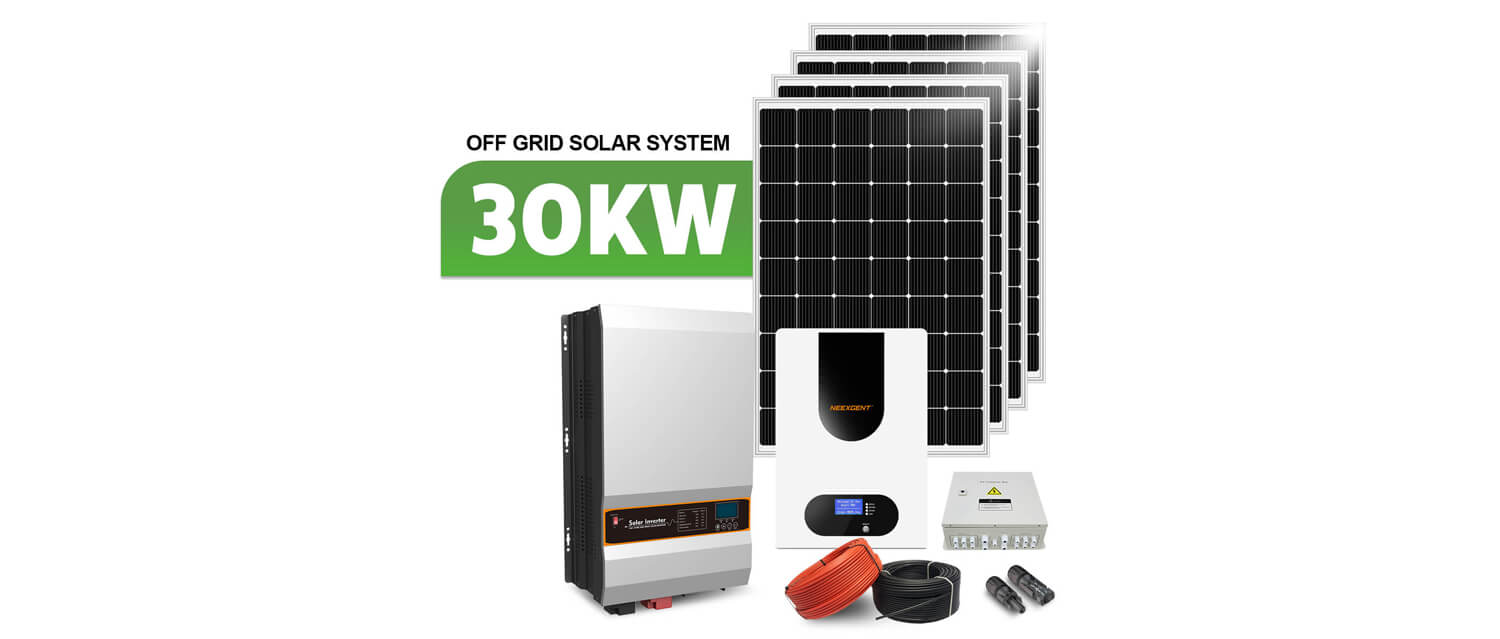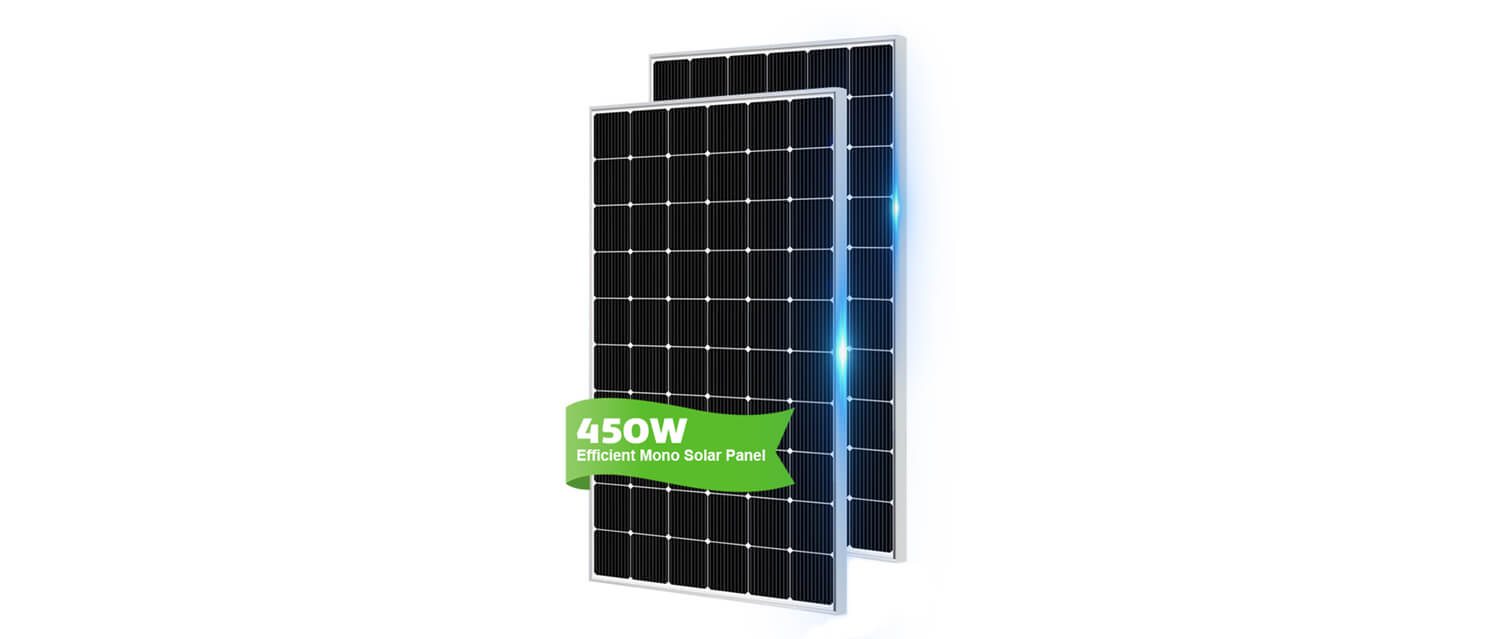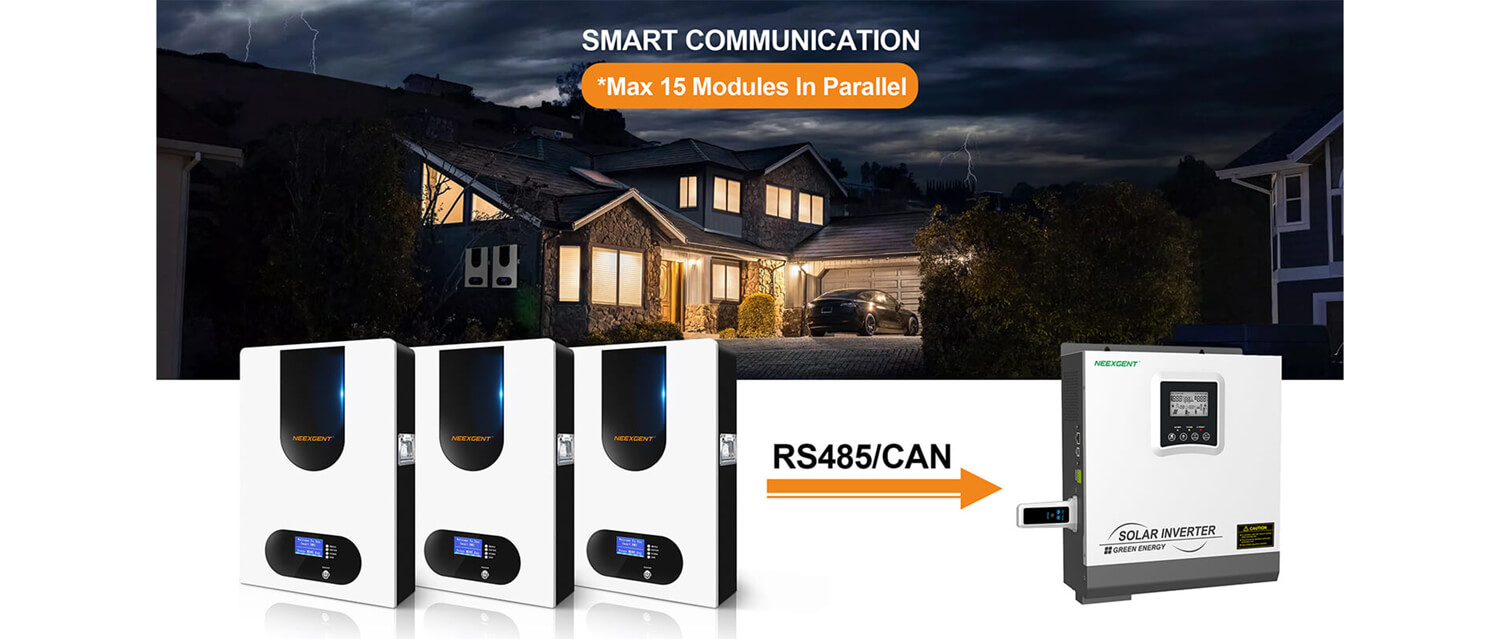In recent years, with the increasing demand for renewable energy, many households have started to install solar panels and other renewable energy systems. One of the most common questions that homeowners ask is how many appliances they can load in their household with a 30kWh solar energy system. The answer to this question is not straightforward, as it depends on several factors, including the size of the appliances, their energy consumption, and the lifestyle of the homeowners.
Before delving into the details of how many appliances can be loaded in an average household with a 30kWh system, it is essential to understand what a 30kWh solar energy system is. A 30kWh solar energy system is a solar panel system that generates 30 kilowatt-hours (kWh) of energy per day. This is the average amount of energy that a solar panel system of this size can produce, depending on the location, orientation, and shading of the solar panels.

30kw Off-Grid Solar System
Now, let us consider the appliances in a typical household. Appliances can be broadly classified into two categories: high-energy and low-energy appliances. High-energy appliances include devices that consume a lot of power, such as air conditioners, electric heaters, refrigerators, washing machines, dryers, and ovens. On the other hand, low-energy appliances are those that consume relatively less power, such as LED lights, fans, television sets, laptops, and mobile phones.
When it comes to the number of appliances that can be loaded in an average household with a 30kWh solar energy system, the primary factor to consider is the total energy consumption of the appliances. To determine the energy consumption of an appliance, one needs to check its wattage rating. Wattage is the amount of power that an appliance consumes when it is in use, and it is usually expressed in watts (W).

NEEXGENT Mono Solar Panel
Consider an air conditioner with a wattage rating of 1,200W. If this air conditioner is used for four hours a day, its total energy consumption would be 4.8kWh per day (1,200W x 4 hours = 4,800Wh = 4.8kWh). Similarly, if a refrigerator has a wattage rating of 200W and is used for 24 hours a day, its total energy consumption would be 4.8kWh per day (200W x 24 hours = 4,800Wh = 4.8kWh).
Once the energy consumption of all the appliances in a household is determined, it is easier to estimate the number of appliances that can be loaded in a 30kWh solar energy system. As a general rule, a 30kWh solar energy system can power an average household that consumes around 10,000 kWh per year. This equates to an average daily energy consumption of around 27.4kWh per day (10,000 kWh ÷ 365 days = 27.4 kWh/day).
Assuming that the household has a mix of high-energy and low-energy appliances, let us consider an example of how many appliances can be loaded in a household with a 30kWh solar energy system. Suppose the household has the following appliances and their energy consumption:
- Air conditioner: 1,200W x 4 hours = 4.8kWh per day
- Refrigerator: 200W x 24 hours = 4.8kWh per day
- Washing machine: 800W x 1 hour = 0.8kWh per day
- LED lights: 50W x 4 hours = 0.2kWh per day
- Television set: 100W x 4 hours = 0.4kWh per day
- Fans: 50W
As technology continues to evolve, we are seeing a shift towards more energy-efficient appliances. The next generation of appliances is expected to be even more energy-efficient, which will further reduce the amount of energy required to power a household. These appliances will use less energy while providing the same level of performance, allowing homeowners to use more appliances while staying within the limits of their solar energy system.
Another trend that is gaining popularity is home automation. With home automation, homeowners can remotely control their appliances, allowing them to optimize their energy consumption. For example, a homeowner can program their air conditioner to turn on and off automatically based on the temperature inside the house. This can help reduce energy consumption and ensure that the air conditioner is only running when it is needed.
Smart appliances are another development that is expected to become more prevalent in the coming years. Smart appliances are connected to the internet and can communicate with other devices in the home, allowing for greater control over energy usage. For example, a smart refrigerator can monitor its energy consumption and adjust its settings to reduce energy usage when it is not needed. Similarly, a smart washing machine can monitor the load size and adjust the water level and wash cycle accordingly, reducing energy and water consumption.

48v Home Powerwall Lifepo4 Battery
Another trend that is emerging is the use of battery storage systems. A battery storage system allows homeowners to store excess energy generated by their solar panels during the day for use at night when solar panels are not generating electricity. This can help reduce the reliance on the grid and provide homeowners with greater energy independence.
The number of appliances that can be loaded in an average household with a 30kWh solar energy system depends on several factors, including the size of the appliances, their energy consumption, and the lifestyle of the homeowners. However, with the advent of more energy-efficient appliances, home automation, and smart appliances, it is expected that the next generation of appliances will require even less energy to operate. Furthermore, the use of battery storage systems can help provide homeowners with greater energy independence and reduce their reliance on the grid.








